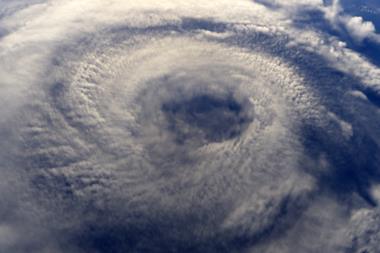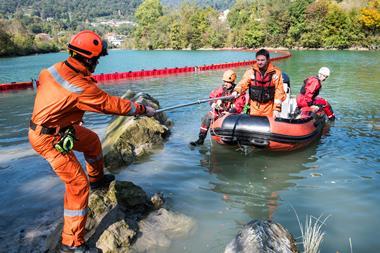Fatalities due to temperature extremes were the deadliest type of disaster during the first six months of 2021
Global natural disaster events during 1H 2021 caused total economic losses estimated at $93 billion – 32 percent lower compared to the 10-year average ($136 billion).
Meanwhile, insured losses were estimated at $42 billion – two percent higher than the 10-year average ($41 billion). These totals are preliminary and will change as losses continue to develop.
The costliest event was the Polar Vortex-induced period of extreme cold in the United States, which caused 217 fatalities and an insured loss of at least $15 billion, with loss development expected for months to come.
Taking a longer-term perspective, insured losses were 39 percent higher than the 21st century average ($30 billion) and 101 percent higher compared to the average since 1980 ($21 billion), while economic losses were 16 percent lower ($110 billion) and nine percent higher ($85 billion) for the same periods respectively.
This is according to a report by Impact Forecasting, Aon’s catastrophe model development team.
Steve Bowen, managing director and head of Catastrophe Insight on the Impact Forecasting team at Aon, said: “The first half of 2021 became the costliest first six months of the year in terms of natural disasters for the insurance industry since 2011, despite recording a below-average number of events.
”The most significant event was the prolonged February freeze in North America associated with the Polar Vortex that became the costliest winter weather-related event ever recorded.
”The juxtaposition of observed record heat and cold around the globe highlighted the humanitarian and structural stresses from temperature extremes.
”As climate change continues to amplify the severity of weather events, it becomes more imperative to explore ways to better manage the physical and non-physical risks that are more urgently requiring actionable solutions.”
Natural disasters were responsible for approximately 3,000 fatalities during the first half of 2021, significantly below the long-term (since 1980) average of 38,900 and the median of 7,600.
Fatalities due to temperature extremes were the deadliest type of disaster during the first six months of 2021, being responsible for nearly one third of the death toll. More than 800 fatalities were directly linked to a historic heatwave, which affected parts of Western Canada and the U.S. Pacific Northwest in late June alone.
Overall, the Asia-Pacific region (APAC) recorded slightly less than half of the global death toll (more than 1,400 fatalities).
The 163 notable natural disaster events recorded by Impact Forecasting for 1H 2021 was below the 21st century average of 191 and the median of 197.
Insured losses resulting from natural catastrophes during the period were notably above average in the United States (+76 percent) and EMEA (+32 percent) compared to the 21st century 1H average. Conversely, losses were lower in APAC (-1 percent) and in the Americas (-54 percent).




















No comments yet